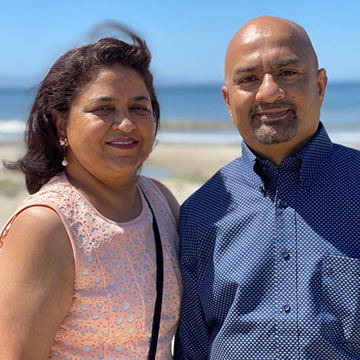Orofacial Myofunctional Disorders and Therapy
Orofacial myofunctional disorders (OMD) related to sleep include snoring, obstructive sleep apnea, and TMJ/TMD.
Snoring
Snoring occurs as air passes through relaxed or narrow tissues in the mouth, nose, and throat during sleep, producing sounds caused by the vibration of these tissues. There are many medical conditions that cause snoring, including obstructive sleep apnea, nasal polyps, and nasal congestion from allergies or the common cold. Anatomy and sleep position can also play a role in whether a person snores. People who have a tongue with a large base or swollen tonsils, are obese or have recently gained weight, have thicker necks, additional tongue fat, and narrower airways that can partially obstruct the flow of air can lead to snorting, gasping, or whistling while asleep. When a person sleeps on their back, soft tissues are more likely to fall back into the airway, increasing the risk of snoring.
Obstructive Sleep Apnea
Obstructive sleep apnea (OSA) is a disorder in which a person’s breathing stops and starts during sleep. This happens when the soft tissues of the mouth, nose, and throat collapse into the upper airway and block the flow of air. OSA affects an estimated 39 million people in the U.S.; most people who snore do not have OSA; however, people who have OSA often snore. See Understanding Sleep Apnea
TMJ/OMD
Orofacial myofunctional (OMD) disorders are characterized by pain and dysfunction of the TMJ and/or the muscles surrounding it. They are associated with peripheral pain issues like chronic facial, neck, and back pain; headaches, tooth grinding, and clenching including episodes of tinnitus and vertigo.
Myofunctional Therapy
Orofacial myofunctional therapy is a set of exercises that can improve muscle strength in the mouth, face, and throat, as well as encourage proper tongue posture and breathing.
Research suggests that regularly practicing mouth and throat exercises over time may help reduce snoring and may also improve snoring associated with mild to moderate obstructive sleep apnea (OSA). However myofunctional therapy should not be construed as and substituted for an effective treatment for sleep apnea using either CPAP or mandibular advancement oral appliances. You can find below a set of exercises to do every morning, especially after wearing an oral appliance for sleep apnea the previous night.









